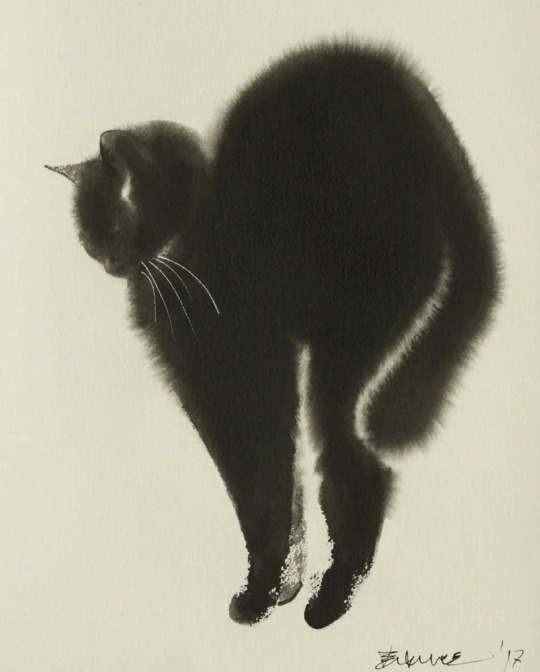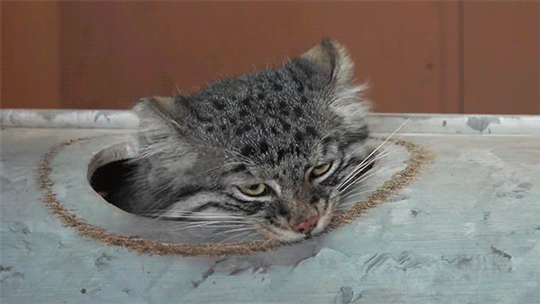Text






Vålådalen Nature Reserve in Jämtland, Sweden (September 8, 2018).
926 notes
·
View notes
Text

'Breton Legends' illustrated by Maurice de Becque, 1921.
677 notes
·
View notes
Text
The story of the Australian white ibis is hysterical in many ways.

These birds are native to Australia, yes, but they're not technically native to the cities. Or, well, kinda?
So, Australian ibises typically lived in inland wetland areas. Australia, however, is a dry-ass continent, and the swamps aren't always wet, so whenever there's a dry spell and the swamps dry up and the food dwindles, the ibis colonies will migrate to the coast for food. I suppose when their presence caused enough competition with existing coastal birds they'd fly back inland and hopefully the wetlands would be wet again.
Enter the Europeans - the ibis didn't have much contact with the white man for a hundred years or so, wetlands were too annoying to actively clear, so the white man mostly stayed out and the ibis generally doesn't leave while there's food. Or maybe they did, and the white man towns were too tiny to register for them and they just did their usual thing.
Come the 1970s, severe drought conditions once again led to ibises to flee the wetlands (and the wetlands were probably extra hurt and extra unable to recover due to water diversion for agriculture).
They went for the coasts, and there, due to the absolutely boom in Australian urban sprawl, they found....

Huh. That's new. But was there food?
The answer was yes there was, and not only that, it was almost like the food set out specifically for them!
I am of course talking about bins.

Bins have a couple of nifty features if you're an ibis. One, they contain food scraps, especially protein scraps. Two, the openings tend to be fairly far off the ground, so rats and other flightless creatures can't get to the food (the cockroaches can, which is a plus for the ibis because they eat bugs!)
Two, the bottoms are low, and ibises are wading birds so they have long legs and long beaks. Seagulls, crows and pigeons all have to wait for the bin to be fairly full - ibises can get in there at half full!
And three, natural environment for the ibis is diving into a fetid stagnant swamp with nasty bacteria to eat wriggling things. Their beaks and heads are specially adapted for that - they're bald, and the skin is specially adapted for diving into gross places. Their beaks are sharp and dextrous, so they can open packaging or simply pierce it to get at the tasty, tasty leftover fried chicken or whatever. And if the chicken's already got maggots? Fantastic, they love eating bugs.
So they don't wanna go back. Why the hell would they go back? And with every new drought, even more ibis leave the drying wetlands, find the cities, and decide to stay.
I mean, there's probably a selection effect - the birds that are scared of humans eventually return to their home wetlands, but the ones that aren't decide they're just gonna start nesting in the urban parks. Wetlands are also getting drier and drier (water use issues) so the wetland populations are crashing while the urban populations are exploding.
I think, the bin chicken has to be a symbol of luck. It is so insane to me that the human-designed environment ended up being an ibis paradise, where we've systematically murdered all their enemies and established abundant self-replenishing food sources that they and only them can access.
May you be as lucky as the Australian white ibis. May you leave your normal life for foreign shores and face not the expected adversity, but instead abundance and safety beyond your wildest dreams.
12K notes
·
View notes
Text
if you spend your life bitching and complaining about the fact people are 'expected' to engage in the dreaded pointless banal '''small talk''' instead of learning to trade pleasantries with the people around you, you will never know the true and heady joy of doing a dumb bit with a complete stranger and as a result your soul will remain small
57K notes
·
View notes
Text
Awesome video displaying phenomenal craftsmanship—posted by one of my favorite Tiktok accounts: Tlingit_Haida
Aani (the land known as Southeast Alaska) has been home to the Tlingit and Haida Peoples since time immemorial
Edit: To clarify, this particular video features Git Hoan Dancers, of the Tsimshian Tribe. They say so in the video, but I realize my caption about the Tlingit and Haida Nations might cause confusion.
30K notes
·
View notes
Text
I had to stop smoking sativa because whenever I smoked sativa at parties I would turn into an absolute menace and start bullying men specifically for no reason. I turned into public enemy number one of college boys
37K notes
·
View notes
Text
27K notes
·
View notes
Photo

Red Sun VI
Gouache on paper, 8x10"
2021
2K notes
·
View notes
Text
Finding out that World Athletics pays $100k every time a new world record is set so so Mondo Duplantis has just been setting it 1cm at a time from 6.17m to 6.25m in the past 4 years is so funny??? Finessing 1 million dollars 1 cm at a time even though he can clearly go higher at one shot???? #respect
23K notes
·
View notes
Text
"The study that had the most direct impact on the psychiatric profession— as well as public consciousness—at this time was David Rosenhan’s (1973) classic research On Being Sane in Insane Places which found that psychiatrists could not distinguish between “real” and “pseudo” patients presenting at psychiatric hospitals in the United States. All of Rosenhan’s “pseudo” patients (college students/researchers involved in the experiment) were admitted and given a psychotic label, and all the subsequent behaviour of the researchers—including their note-taking—was labelled by staff as further symptoms of their disorder (for a summary, see Burstow 2015: 75-76). This research was a culmination of earlier studies on labelling and mental illness which had begun in the 1960s with Irving Goffman (1961) and Thomas Scheff (1966). Goffman’s (1961) ethnographic study of psychiatric incarceration demonstrated many of the features which Rosenhan’s study would later succinctly outline, including the arbitrary nature of psychiatric assessment, the labelling of patient behaviour as further evidence of “mental illness,” and the processes of institutional conformity by which the inmates learned to accept such labels if they wanted to have any chance of being released from the institution at a later date. Scheffs (1966) work on diagnostic decision making in psychiatry formulated a general labelling theory for the sociology of mental health. Again, his research found that psychiatrists made arbitrary and subjective decisions on those designated as “mentally ill,” sometimes retaining people in institutions even when there was no evidence to support such a decision. Psychiatrists, he argued, relied on a common sense set of beliefs and practices rather than observable, scientific evidence. Scheff (1966) concluded that the labelling of a person with a “mental illness” was contingent on the violation of social norms by low-status rule-breakers who are judged by higher status agents of social control (in this case, the psychiatric profession). Thus, according to these studies, the nature of “mental illness” is not a fixed object of medical study but rather a form of “social deviance”—a moral marker of societal infraction by the powerful inflicted on the powerless."
-Bruce Cohen, Psychiatric Hegemony, 2016
4K notes
·
View notes








